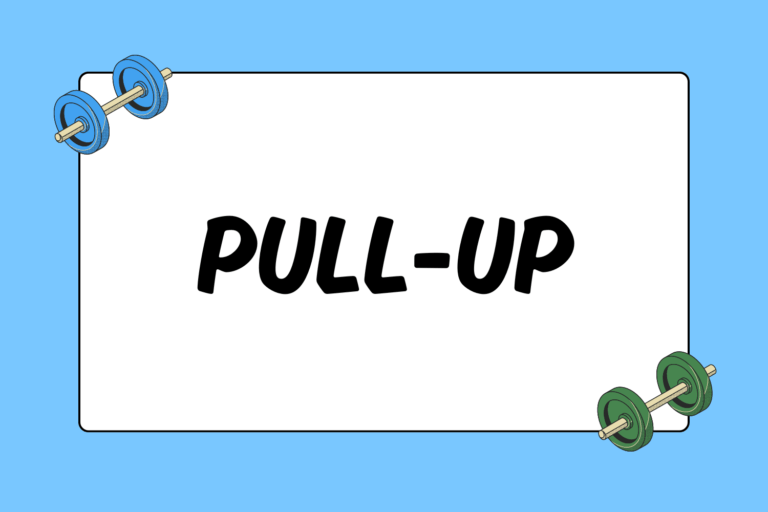The lat pulldown is a foundational fitness exercise that targets the back and biceps. In addition, lat pulldowns are a substitute for pull-ups or chin-ups if you lack the requisite strength to perform these exercises. Its aesthetic benefits include a more muscular and defined back or a more V-shaped torso when training for increased muscle size. It’s also an effective exercise for strengthening muscles that support the shoulder joint, which is important for reducing sports-related injuries.
Main Muscle Groups Used
The primary muscles used are the latissimus dorsi and rhomboids. The secondary muscles used are the biceps, posterior deltoids, and forearm flexors.
Additionally, you can modify lat pulldowns and train different muscle groups by adjusting your grip width and hand position. For example, a close-grip variation with the palms facing towards you (supinated) targets the biceps, whereas a wide-grip variation with the palms facing away from you (pronated) targets the latissimus dorsi muscle (back).
Step-by-step Breakdown
Now that you understand the benefits of the lat pulldown, you’re ready to lift:
- Position the knee pads on the machine so that your knees fit snugly under the pads.
- Grasp the bar with a grip just outside shoulder width with the palms facing away from you (pronated).
- Place your feet flat on the floor, keep your torso straight or slightly leaned back, look up at the ceiling, and extend your arms fully.
- Initiate the movement by pulling the shoulder blades down and back, away from the ears with your arms straight. This motion engages the back muscles first while maintaining a safe and more effective position for the shoulders.
- Bend the arms and pull your elbows down to your sides. Imagine that there are two panes of glass sandwiching the front and back of your body, disallowing any forward or backward drift of the arms and elbows.
- Pull the bar as close as you can to the top of your collar bone, pause, and then return the bar to the starting position with arms straight.
- Repeat for the desired amount of repetitions.
Common Errors
Maintaining proper form is absolutely crucial and helps you avoid injuries. Steer clear of the following mistakes:
- Too much of a backwards lean: Make sure your spine stays perpendicular to the floor.
- Swinging the torso: Swinging the torso back and forth is a very easy way to cheat on this exercise, but your biceps and back will not benefit from taking the easy route. Keep the torso in a fixed position throughout the exercise.
- Shoulder movement: Many lifters do not keep their shoulders actively engaged in the down-and-back position. When the shoulder blades drift up towards the ears, it compromises the position of the shoulder, which limits performance and increases the risk of injury.
- Rounding the spine: Maintaining a tall posture during the movement allows the back muscles to do the work without the abdominals overly contracting and causing the spine to round.
Fun Fact:
The lat pulldown can improve standing posture by strengthening the back muscles that stabilize and straighten the torso when sitting and standing.
Build a Routine
Since the lat pulldown is a vertical-pulling exercise, a more complete routine would also include horizontal-pulling exercises, like the bent-over barbell row, inverted row, or dumbbell unilateral row. The lat pulldown can be a valuable upper-body exercise for any fitness purpose, whether your goal is to build a muscular back, improve posture, or reduce injury prevalence.





